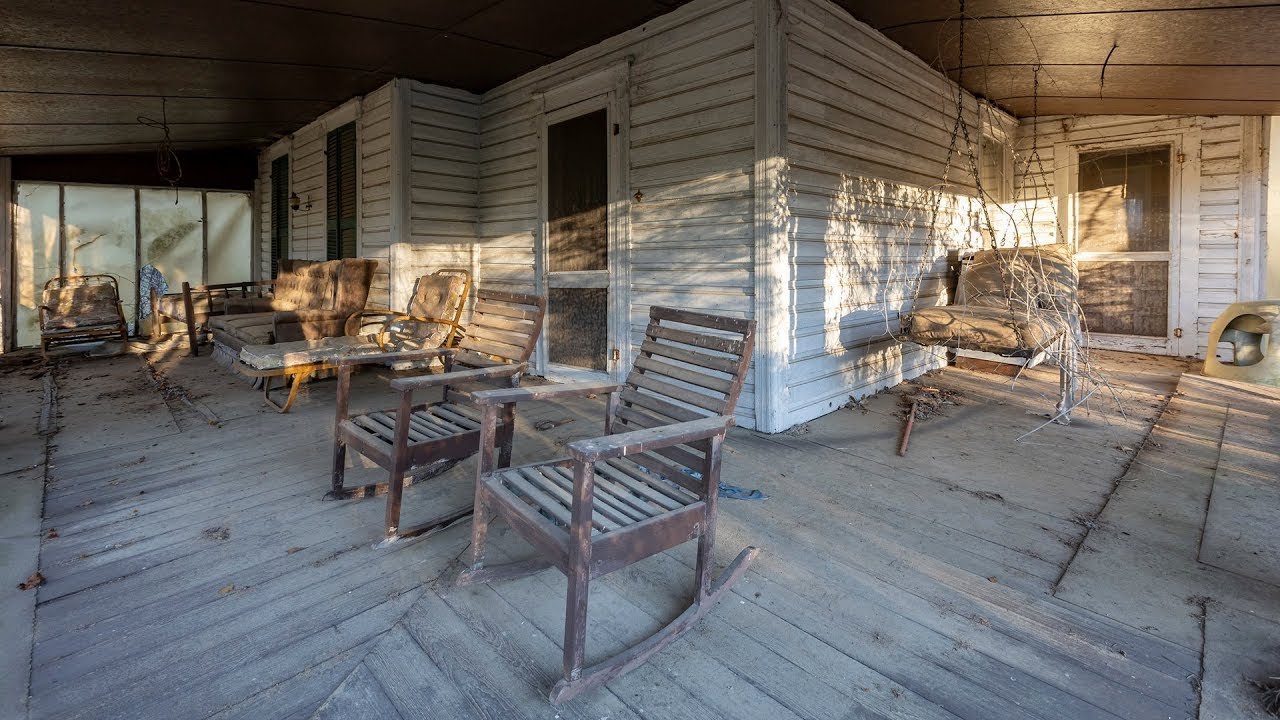If you’ve ever stumbled upon the Error Code 526 while trying to establish a secure connection to a website, you’re not alone! This error often pops up when there’s some mischief happening between Cloudflare and your server’s SSL certificate. Let’s dive deep into understanding this pesky problem and get you back on the road to a safe browsing experience.

Key Takeaways:
- Understanding Error Code 526: This error signals a disagreement between Cloudflare and the origin server regarding SSL certificates.
- Fixing SSL Certificate Issues: Bringing your SSL configuration into proper shape can clear up the mess.
- When to Contact Support: If you can’t fix it on your own, sometimes it’s best to call in the pros.
Understanding Error Code 526
Picture this: you’re all set to connect securely to your favorite site, and bam! Error Code 526 crashes your party like an uninvited guest. This error pops up when there’s a hiccup with the SSL certificate validation process between Cloudflare and your origin server. It’s a bit like trying to unlock a door with the wrong key – simply won’t work! So, let’s stick our noses into the world of SSL and make sense of what’s happening.

Common Causes of Error 526
Ah, the causes – it’s like peeling an onion, layer by layer. First off, a misconfigured SSL certificate on your origin server is the primary culprit. It’s akin to trying to play a guitar with missing strings; you just can’t make the right music! Other common causes could include the SSL certificate being expired or the server not supporting the required SSL protocols. Gotta keep that SSL fresh, folks!

How to Diagnose Error 526
Diagnosing this pesky error is a bit like playing detective. First, I’d recommend checking the certificate’s expiration date—if it’s older than your grandma’s cornbread recipe, that’s probably your issue. You can also use online SSL checking tools that act like a magnifying glass, letting you see where things are going wrong. Who knew we’d find our inner Sherlock while surfing the web?
Fixing SSL Certificate Issues
Alright, let’s roll up our sleeves and fix this! You might want to renew your expired certificate or reconfigure the existing one. It’s like giving your SSL setup a much-needed spa day—refresh it to ensure it’s shiny and new! Also, ensure you’re using a CA (Certificate Authority) that Cloudflare trusts. If your SSL certificate’s still a no-show, consider switching to one of the more reliable options!

Cloudflare Settings for SSL
Now, let’s chat about Cloudflare’s settings. Head over to your Cloudflare dashboard (but keep your hands on the wheel if you’re driving!). Under the SSL/TLS app, you’ve got options like Full, Flexible, etc. I like to think of it like choosing your favorite ice cream flavor—pick one that suits your needs! For Error Code 526, “Full” is generally the go-to choice to ensure the data’s got a secure path all the way home.

Testing Your SSL Configuration
Ever tried running a marathon without training? Testing your SSL configuration is a bit like that; no one wants a “surprise” at mile 20. Use tools such as SSL Labs to get a solid read on your SSL health. It’ll guide you through the diagnosis like a GPS, pointing out areas that might be uncharted territory—or, you know, just broken.
Best Practices to Prevent Error 526
You’ve been through the wringer with Error Code 526, but it doesn’t have to happen again! Regularly check your SSL certificates, ensure they’re renewed on time, and always opt for robust Certificate Authorities—trust me, it’s worth it. Think of these best practices as a coat of armor for your website. It’s all about keeping the cyber dragons at bay!
When to Contact Your Host or Cloudflare Support
If the error is hanging around like an unwanted house guest even after you’ve tried everything, it might be high time to call in the reinforcements. Sometimes, tech problems require a human touch. Contact your hosting provider or Cloudflare support—they’re the cavalry when things get hairy, and chances are, they’ve dealt with this scenario more times than you’ve had hot dinners!
Conclusion
In the wild world of web browsing, encountering Error Code 526 can be a bit daunting, but with some detective work and a dash of effort, you can fix those SSL certificate issues pronto! Remember, the key is to stay on top of your SSL game, keep practicing good web hygiene, and always be ready to seek help when needed. Now go on, surf the web confidently, my friend, and say goodbye to those pesky errors that want to rain on your browsing parade!






















